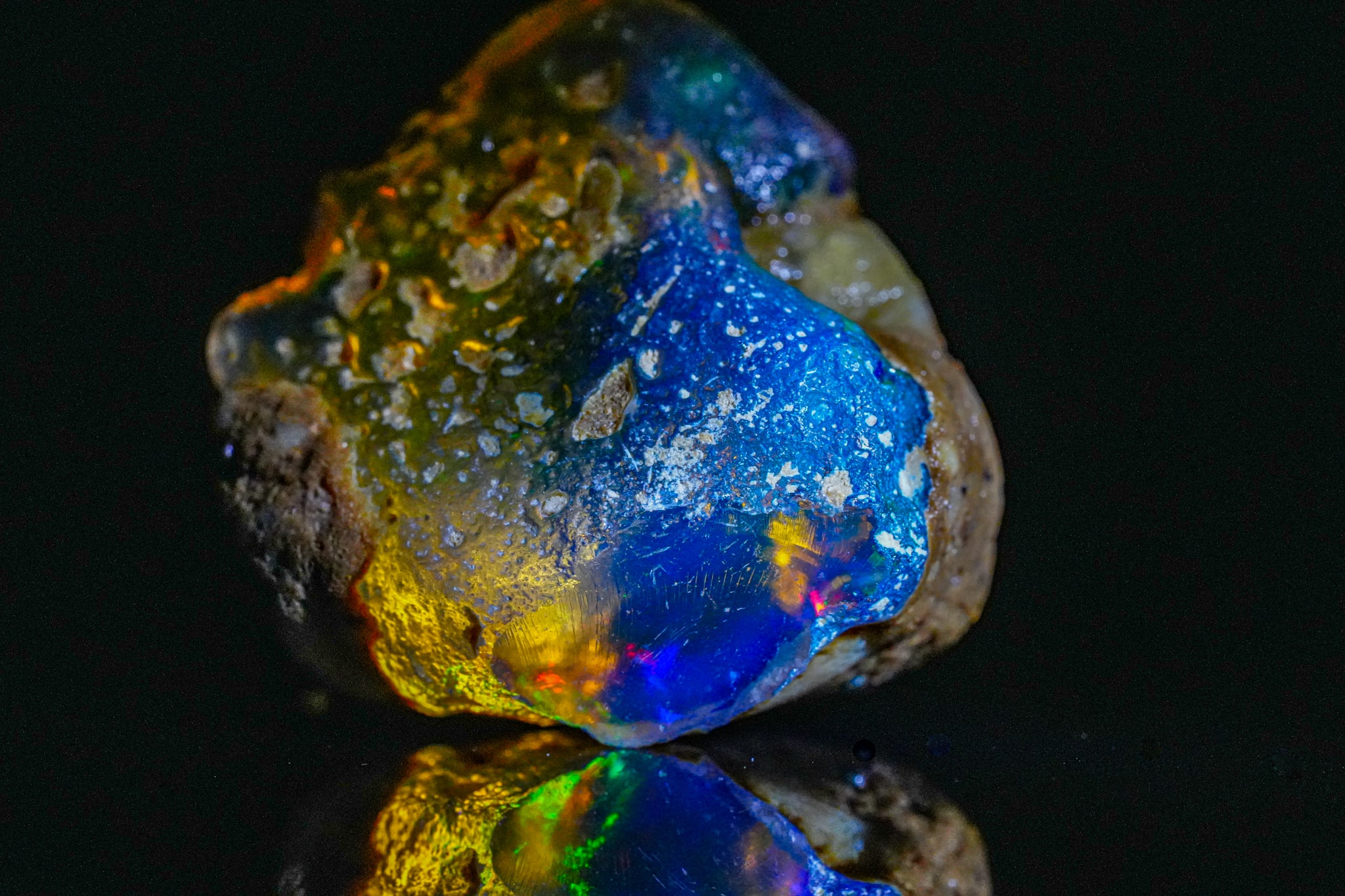The Science of Gemstones
Gemstones have been prized for their beauty and value for centuries, and their allure continues to captivate people today. But beyond their visual appeal, there is a fascinating science behind these precious stones. In this blog, we will explore the science of gemstones and how it contributes to their unique properties.
What are gemstones?
Gemstones are minerals or organic materials that have been cut and polished to be used in jewelry or decorative objects. They are valued for their beauty, rarity, and durability. Some of the most well-known gemstones include diamonds, rubies, sapphires, and emeralds.
The science of gemstones
 The scientific study of gemstones is called gemology. Gemologists study the physical and chemical properties of gemstones, as well as their origins and history. They use a range of techniques to examine gemstones, including microscopy, spectroscopy, and X-ray diffraction.
The scientific study of gemstones is called gemology. Gemologists study the physical and chemical properties of gemstones, as well as their origins and history. They use a range of techniques to examine gemstones, including microscopy, spectroscopy, and X-ray diffraction.
One of the most important factors that determines the value and quality of a gemstone is its color. Gemstones get their colors from the presence of certain minerals or trace elements in their crystal structure. For example, emeralds get their green color from the presence of chromium and vanadium, while rubies get their red color from the presence of chromium.
The clarity of a gemstone is another important factor that determines its value. Gemstones that are free of inclusions or flaws are more valuable because they allow more light to pass through, which enhances their brilliance and sparkle.
The hardness of a gemstone is also an important consideration. Hardness is measured using the Mohs scale, which ranges from 1 (very soft) to 10 (very hard). Diamonds are the hardest gemstones, with a Mohs hardness of 10, while talc is the softest, with a Mohs hardness of 1.
The way light interacts with a gemstone is also a key factor in its beauty. This property is known as the gemstone's optical properties. For example, a gemstone's refractive index measures how much light is bent as it passes through the stone. A higher refractive index means that the gemstone will be more brilliant and sparkly.
Gemstones also have a unique crystal structure, which affects their physical properties. For example, the way that light is reflected within a gemstone's crystal lattice affects its luster, or the way that it reflects light. The crystal structure can also affect a gemstone's cleavage, or how it breaks when it is hit or cut.
The origins of gemstones
Gemstones can be found all over the world, but certain types of gemstones are associated with specific geographic regions. For example, rubies and sapphires are commonly found in Myanmar (formerly known as Burma), while emeralds are found in Colombia and Zambia.
Gemstones can form in a variety of environments, but most are formed deep within the Earth's crust. Many gemstones are formed from magma or volcanic activity, while others are formed through sedimentary processes or metamorphism.
Conclusion
The science of gemstones is a fascinating field that combines geology, chemistry, and physics. Understanding the physical and chemical properties of gemstones is essential for identifying, valuing, and appreciating these precious stones. From their unique crystal structures to their optical properties, gemstones offer a wealth of scientific knowledge that is as fascinating as their beauty.

